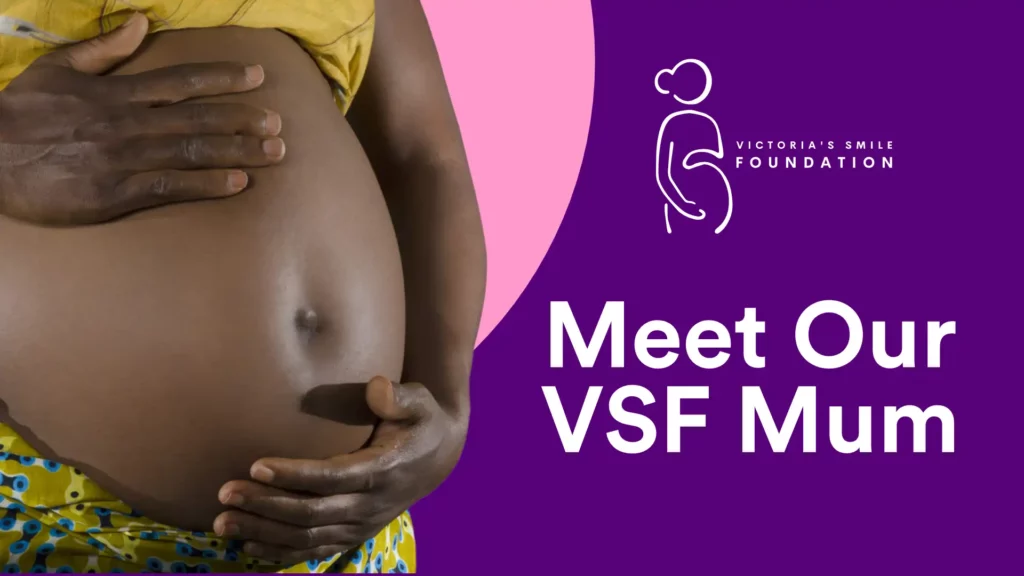Greetings, wonderful individuals! Today, our dialogue will persist in exploring the realm of postpartum recovery. When might you anticipate your initial postpartum period following childbirth? Numerous factors can influence the timing of your first period after delivering a baby. A paramount determinant is whether you have opted to breastfeed your newborn and if breast milk constitutes their exclusive source of nourishment. Generally, those who opt not to breastfeed may anticipate the return of their period sooner than those who breastfeed – this could occur anywhere from four weeks to three months after childbirth. For those who do breastfeed, some might experience their period within a similar timeframe – though for many, menstruation might not resume until they embark on the weaning journey or cease breastfeeding altogether. Another notable aspect is the sensation you’ll observe. Both your vaginal and perineal areas (the region between the vagina and rectum) will manifest tenderness and soreness, a consequence of the exertion of childbirth. In the event of a vaginal birth, the recuperation period will likely span a few weeks, especially if your perineum experienced tearing or you underwent an episiotomy. If your labour involved pushing but culminated in a caesarean section, you’ll likely encounter a similar soreness. Moreover, post-birth contractions, also known as after-birth pains, should be anticipated. While they might occasionally prove uncomfortable, they pale in comparison to the sensations encountered during labour. In reality, these contractions convey a positive signal. After-birth contractions play a pivotal role in diminishing uterine bleeding and facilitating the contraction of your uterus back to its customary size before pregnancy. You may detect these after-birth pains more prominently if you engage in breastfeeding. This is due to breastfeeding triggering the release of oxytocin, a hormone that initiates uterine contractions. The metamorphosis of your breasts has been underway since the inception of your pregnancy. Around the third or fourth day postpartum, you will observe the next significant transformation as your breasts begin to fill with milk. This might lead to engorgement, rendering your breasts firm, swollen, and sensitive. This initial tightness and tenderness will decrease whether you choose to breastfeed or not. However, if you opt for breastfeeding, your breasts will commonly feel full before feeding or pumping sessions. Delayed sessions may elicit a more pronounced sensation of tenderness and weightiness. Blood circulation to your nipples escalates throughout pregnancy, likely resulting in tenderness for several months. However, the initial days following childbirth elevate this blood flow to new heights, rendering the nipples exceptionally sensitive. This aspect is further accentuated if you decide to breastfeed. While your baby learns the art of proper latch onto your breast, a degree of discomfort is normal initially. However, once your baby masters a solid latch, the discomfort should subside. Temporary unease as your baby establishes a rhythm is expected, whereas continuous pain throughout feeding is not. If you encounter breastfeeding challenges, a lactation consultant can offer invaluable assistance – you can even request one during your hospital stay. You’ve just completed an unparalleled workout – the epitome of all workouts – so experiencing muscle soreness across your body following childbirth is perfectly normal. The lingering effects of your endeavours might persist for a few days. Anticipate heightened soreness in regions where tension accumulated during labour, such as your arms, neck, or jaw. At this juncture, we’ll bring today’s discussion to a halt. Our exploration of Postpartum Recovery will conclude in our upcoming episode. Until then, farewell for now.



